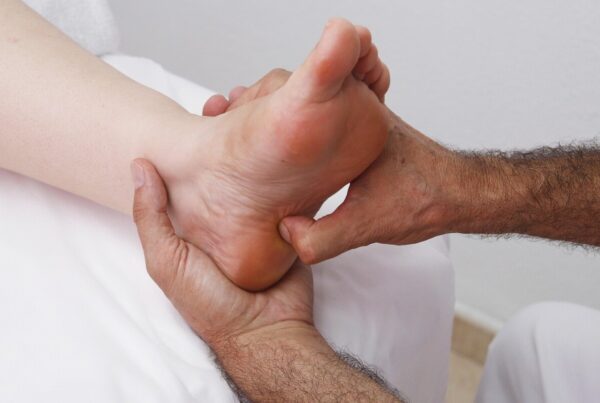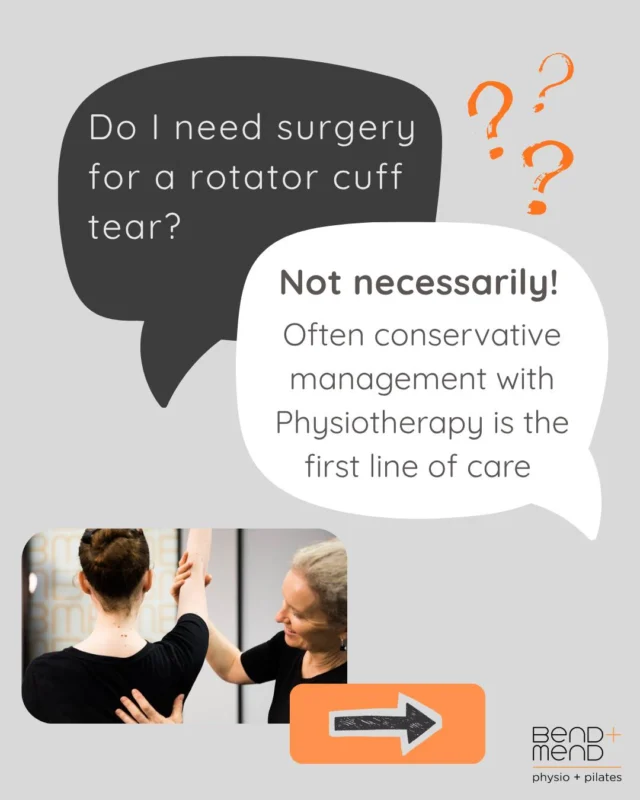Patellofemoral Pain Syndrome (PFPS) is a broad term used to describe pain in the front of the knee and around the patella, or kneecap. It is sometimes called ‘runners knee’ or ‘jumpers knee’ because it is common in people who participate in sports – particularly females and young adults – but PFPS can occur in non-athletes as well. The pain and stiffness caused by PFPS can make it difficult to climb stairs, kneel down, and perform other everyday activities.
PFPS occurs when nerves sense pain in the soft tissues and bones around the kneecap. These soft tissues include the tendons, the fat pad beneath the patella, and the synovial tissue that lines the knee joint.
What are the causes?
- Overuse – In many cases, PFPS is caused by vigorous activities that put repeated stress on the knee – such as jogging, squatting and climbing the stairs. It can also be caused by a sudden change in physical activity. This change can be in frequency of activity – such as increasing the number of days you exercise each week. It can also be in the duration or intensity of activity – such as running longer distances.
Other factors that may contribute to patellofemoral pain include:
- Use of improper sports training techniques or equipment
- Changes in footwear or playing surface.
- Patellar malalignment – PFPS can also be caused by abnormal tracking of the kneecap in the trochlear groove. In this position, the patella is pushed out to one side of the groove when the knee is bent. This abnormality may cause increased pressure between the back of the patella and the trochlea, irritating soft tissues.
Factors that contribute to poor tracking of the knee cap include:
- Problems with the alignment of the legs between the hips and ankles. Problems with alignment may result in a kneecap that shifts too far toward the outside or inside of the leg, or one that rides too high in the trochlear groove – a condition called patella alta.
- Muscular imbalances or weaknesses, especially in the quadriceps muscles at the front of the thigh. When the knee bends and straightens, the quadriceps muscles and tendons help to keep the kneecap within the trochlear groove. Weak or imbalanced muscles can cause poor tracking of the kneecap within the groove.
What are the symptoms?
The most common symptom of PFPS is a dull, aching pain in the front of the knee. This pain—which usually begins gradually and is frequently activity-related—may be present in one or both knees. Other common symptoms include:
- Pain during exercise and activities that repeatedly bend the knee, such as climbing stairs, running, jumping, or squatting.
- Pain on the front of the knee after sitting for a long period of time with your knees bent.
- Pain related to a change in activity level or intensity, playing surface, or equipment.
- Popping or crackling sounds in your knee when climbing stairs or when standing up after prolonged sitting.
How can Physiotherapy help?
A customised exercise rehabilitation programme based on a knee examination can address and treat patellofemoral pain. Physiotherapy involves performing specific strengthening exercises for the hip, quadriceps, and knee muscles and ligaments to reduce pain and improve functional performance. Treatment starts with non-weight-bearing exercises and progresses to weight-bearing exercises.
Physiotherapists can also provide patient education on load management, cross-training, running form, and exercise progression to avoid overworking the knee.
Kinesiotaping: Used for temporary pain relief and to support proper kneecap alignment during movement.
Manual therapy: Used to relieve pain by stretching tight ligaments and muscles around the kneecap and thigh to improve mobility and allow for proper kneecap alignment.
Foot orthotics: If foot abnormalities are causing patellofemoral pain, foot orthotics can help with proper leg and kneecap alignment and gait.
Gait and movement pattern training: To address any compensatory movement patterns that aggravate knee pain and retrain for proper biomechanics when walking and running.
Core strengthening training: Exercises to strengthen trunk muscles to support overall body movement and relieve pressure on the patellofemoral joint.
Coordination training: Retraining hip and knee movement patterns, particularly when climbing stairs, squatting, running, and jumping.
If you suspect you are experiencing symptoms of PFPS contact us and Bend + Mend Physiotherapy to book in for an assessment.





